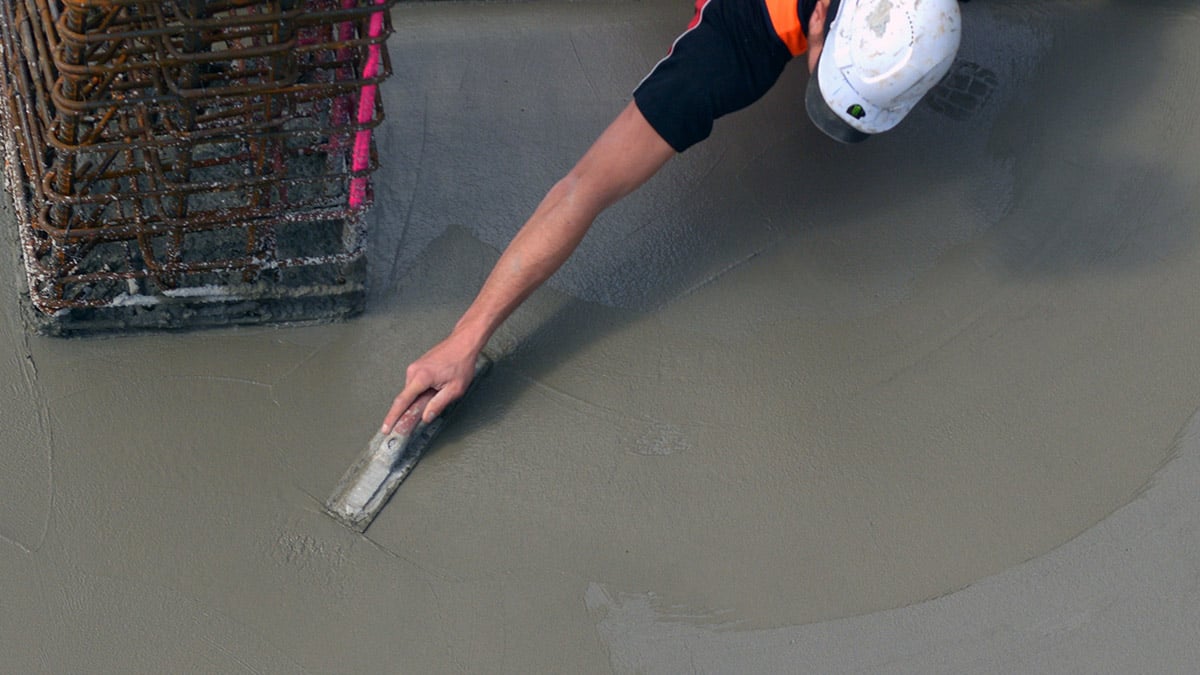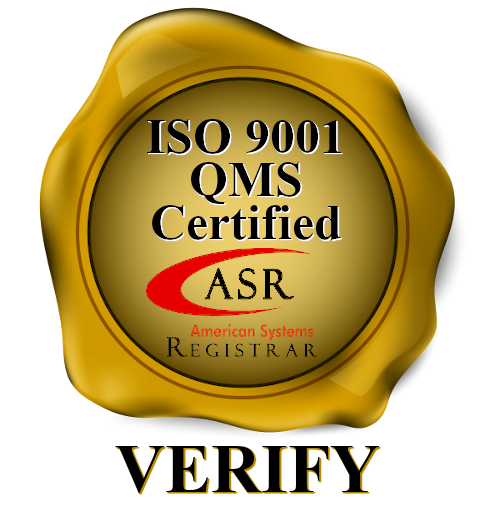Implementing RFI/EMI Shielding Without Adding Unnecessary Cost, Size, Weight and Other Engineering Complications
With accelerated penetration of sophisticated electronics into nearly all devices we use on a daily basis – some providing life-saving safety operations – protection of EMI/RFI exposure from these devices or interference to these devices is critical for safe and continued operation. As an example, the automotive electronics cost as a percentage of total car cost has exploded from a mere 5% in 1970 forecasted to more than 50% by 2030 some providing real-time safety monitoring. Keeping Advanced Driver Assistance Systems (ADAS) active not only protects the life of the driver, but also all the drivers of the surrounding vehicles on the road. Compounding the complexity, consumers preferred to interact with electronic devices through touch screens which create readymade apertures for EMI/RFI radiation exposure.
However effective, traditional “faraday cage” or opaque copper or metal shields can no longer satisfy the design and esthetic goals for modern electronic systems. Whether for clean sheet designs of next generation products or retrofitting existing product solutions, an easy to deploy transparent shielding film enables product designers to apply EMI shielding solutions quickly and at manufacturing scale. Tuned to desired frequencies using a new category of advanced materials known as nanotube hybrids, EMI shielding solutions can be fabricated for maximum impact and deployed with “peel & stick” ease both with and without ground planes.
Download the Whitepaper: Clearly Superior - Transparent RFI/EMI Shielding Outperforming Copper Foil
In today’s era of smartphones, wireless networks, and IoT products, humans are surrounded by radio frequency (RF) energy over a broad range. Electronics designers and PCB layout engineers have always needed to account for RF emissions from their products in order to remain compliant with EMC regulations, but the challenges involved have increased over time as more devices regularly create spurious emissions at RF frequencies. This is in addition to EMI generated at lower frequencies, such as from switching regulators, noisy crystals, displays, or power bus ripple. All of these factors are exacerbated further as more devices run at fast edge rates in smaller packages, and today it’s common to see small MCU-driven electronics have the similar EMI and power integrity problems as high-speed digital systems.
Given the regulatory requirements on EMC for electronic assemblies, designers may need to add shielding to a device, either on the board, on the enclosure, or both. Shielding has always been challenging to implement on a PCB and in a housing after an EMI problem has been discovered as it is almost never considered in the initial design. In the event PCB layout changes do not solve EMI problems, designers may resort to adding an elastomeric shielding compound to mating surfaces, surface-mount shielding can to the PCB, metal plating to the enclosure walls, or all of the above. These are then tied back to the system ground to eliminate any floating metal in the system and ensure high shielding effectiveness (SE).
While these measures generally work and will help suppress radiated emissions, they add cost, size, and weight to a design, and their implementation can drive extensive redesigns of a new product, delaying production schedules and time to market. In addition, none of the above measures can be implemented on a transparent window, display, or lighting element. These measures would also be difficult to properly implement in a foldable device, such as newer folding smartphone screens. RF emissions from displays and touchscreens are emitted from the exterior side, so a transparent shielding material is placed over the device as an absorber. Some materials have been developed to address this demand for shielding but it is often difficult to reconcile VLT, SE, film thickness, and flexibility simultaneously.
Today, advances in new transparent conductive materials are directly addressing these shielding challenges, as well as other applications like transparent heating and transparent printed antennas. Carbon nanotube (CNT) materials are an ideal material platform in these applications thanks to their printability on transparent substrates, high VLT, and high absorption at radio frequencies.
To see how this new class of materials is addressing challenges in transparent RF shielding, this whitepaper will outline how CNT-based thin film materials can be incorporated into original equipment or added as an aftermarket product, as well as how these materials compare to metallic shielding films. A comparison of form factor, implementation, and capabilities shows that transparent materials can out-compete traditional shielding solutions in multiple market segments.
Continue reading the next blog post "Which EMI/RFI Shielding Material is Best for Your Application?"

.jpg)





















